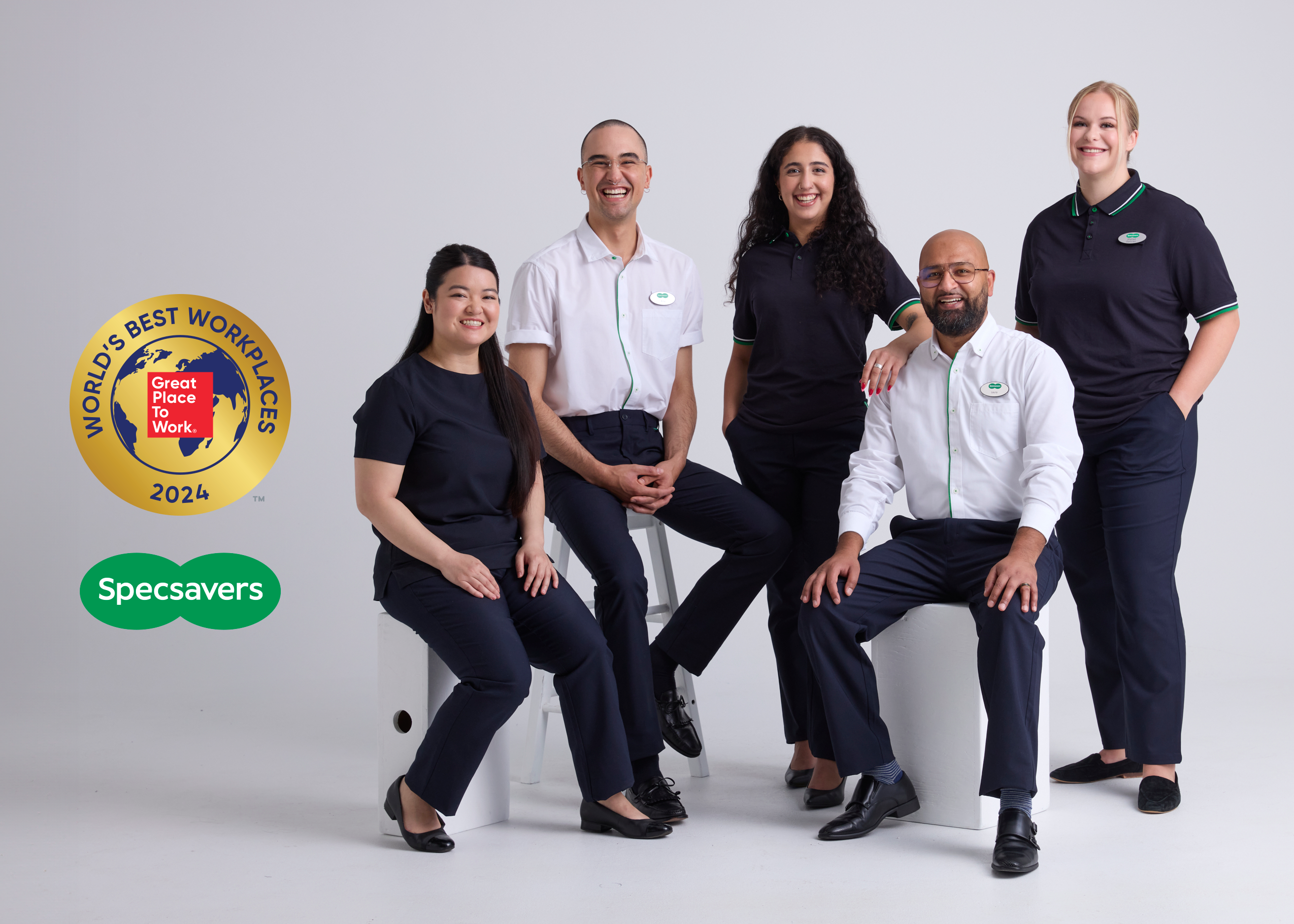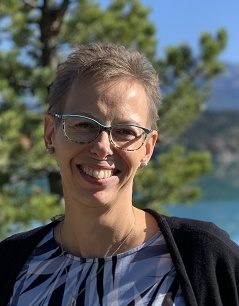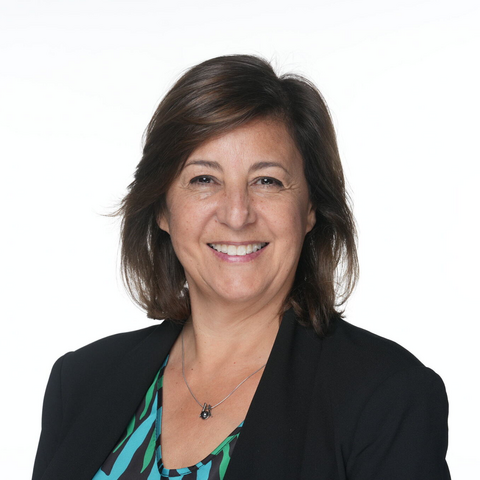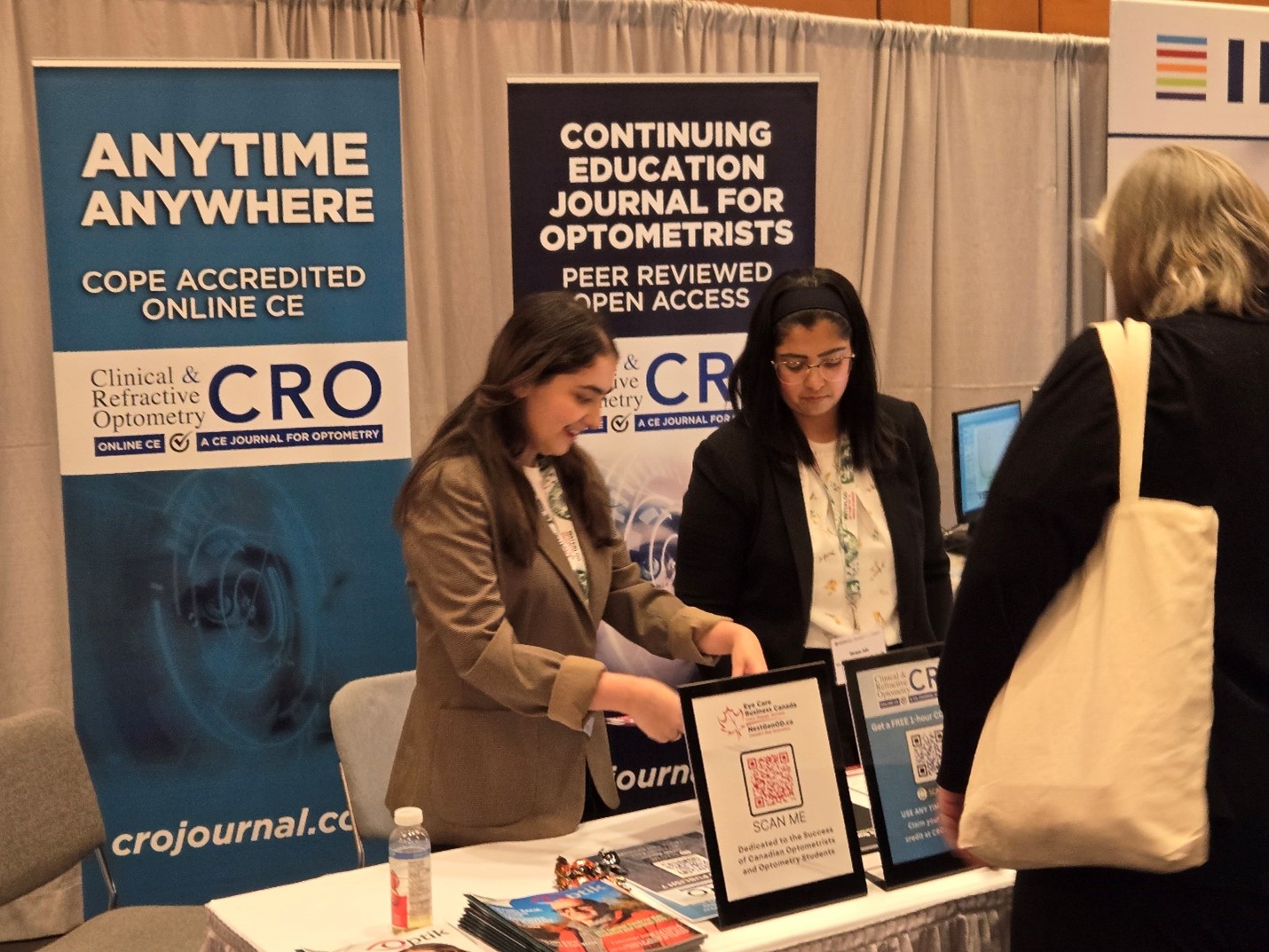
Reader Caution – this article is littered with marriage and dating analogies!
We’ve all seen romantic comedy movies with a runaway bride scene. But there have been many runaway grooms as well.
The reality is, when you put a ring on your finger, you are betrothed, and all your eggs are in now in one basket. You book the wedding venue, line up the officiant—whether that’s a priest, rabbi, cleric, or someone else—and then gather all your friends and family for the big day.
You select a banquet facility, spend tens of thousands on catering, beverages, the band, and copious decorations to prepare for the special day.
Average (first) wedding cost today (Canada) is ~$30,000.
And then the bride or groom bolts at the last minute.
To clarify, I’m now inter-changing analogy between business transactions and weddings. Many of our clients come to us after being left at the altar.
It typically starts with someone they know or someone who has approached them privately, telling them beautiful and convincing stories about how they want to acquire the business.
Because there was a casual pre-qualification from a lawyer, accountant, banker, or colleague, the normal cautionary business practices tend to be abandoned in these situations. Your guard is let down momentarily, and you go on the first date with little forethought.
The courtship began prematurely.
Once that bride or groom—otherwise known as the only person at the dance—knows they have your attention, and when their advisors also know that they are your sole option, the process will invariably slow to a grinding halt.
The wedding date gets delayed—many times in most instances.
Then, more questions are asked, questions that weren’t covered at the start.
You soon learn that you jumped too quickly and should have taken more time during the initial phase (the courtship).
It’s usually the third-party advisors slowing the process – they are paid by time and not success.
As the seller, you believe the buyer’s intentions remain legitimate, thus you let the process continue—after all, you haven’t incurred any significant costs at this point.
What’s a minor delay here and there? You’ve been waiting 20 or 30 years for this moment.
Then it happens. The penny drops.
Suddenly, absurd conditions or outright insults—whether intentional or not—start flying, because the buyer and their advisors know they are the only ones you’re dealing with.
I can’t tell you how many times people come to us with their heads hung low, saying, “I should have listened to you. I shouldn’t have put all my eggs in one basket, but I did.”
Thankfully, it didn’t cost them too much.
But what are the costs they managed to avoid? Initially, it may seem like they saved on an appraisal fee or broker commission. And that is not insignificant.
And since the relationship started with incredibly good intentions, which certainly appeared genuine and sincere at the time, the legal fees weren’t too bad.
But now you must start over again. And because the market is more powerful than any one individual can match, you will now incur the normal costs involved with the disposition of a professional practice. The appraisal and brokerage fee plus proper legal and accounting advice.
If you were on a sensitive timeline, you are now in an unbelievably dire situation.
If I am approached by a buyer who impresses me with genuine motives and good intentions, I will enter a discussion with them. It will be investigative in nature, not romantic!
I will also put them on a noticeably short leash.
That means I’ll give them 30-45 days (post-appraisal) before I list with the broker and go to market – and leverage the influence of multiple buyers. The first buyer can stay in the competition but now they have competition!
Please don’t get left at the altar.
It’s very embarrassing to be standing there, all alone, with a ring in your hand with all your friends and family watching.

JACKIE JOACHIM
Jackie has 30 years of experience in the industry as a former banker and now the Chief Operating Officer of ROI Corporation. Please contact her at Jackie.joachim@roicorp.com or 1-844-764-2020.













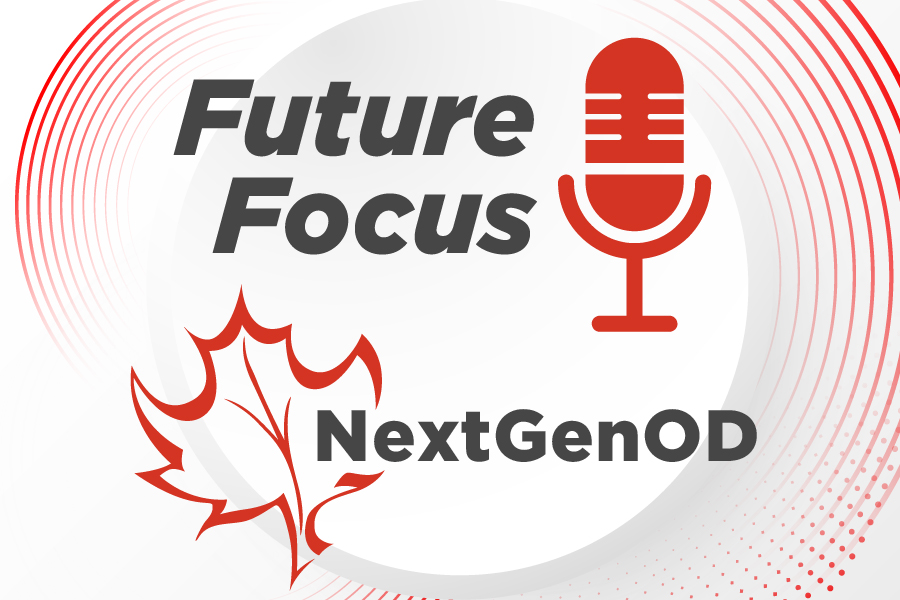
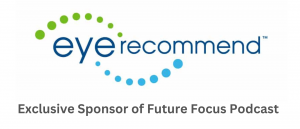 Eye Recommend is a dynamic network of independent optometrists dedicated to providing personalized, comprehensive eye care. They offer outstanding career opportunities across various optometry specialties, along with signing bonuses, mentorship programs, and access to exclusive world-class events and education. With a vast network of experts and clinics nationwide, they empower optometry students and recent graduates to build successful and fulfilling careers.
Eye Recommend is a dynamic network of independent optometrists dedicated to providing personalized, comprehensive eye care. They offer outstanding career opportunities across various optometry specialties, along with signing bonuses, mentorship programs, and access to exclusive world-class events and education. With a vast network of experts and clinics nationwide, they empower optometry students and recent graduates to build successful and fulfilling careers.